Simplified Planning. Exceptional Execution.
BI WORLDWIDE is a global, all-in-one partner for award-winning creative, production, and event management. With a single point of contact, cross-team collaboration, and one easy invoice, we take the hassle out of planning while delivering show-stopping results.
Discover why Delta Air Lines partners with BI WORLDWIDE.
The metrics tell the story.
3,000
events delivered annually
30+
countries where events were delivered
98%
client retention rate
Creative and Production
Storytelling with purpose.
We create moments that matter—stories that move, messages that stick, and experiences that inspire. From concept to execution, we make it easy for you while ensuring your audience hears, understands, and acts on what truly matters.
Our event production services include:
- Creative Direction
- Agenda and Content Development
- Scenic Design and Staging
- Speech Writing and Coaching
- Speaker and Talent Management
- Technical Direction
- Video, Motion Graphics, Animation, Design, and Production
- Graphic Design and Development
- Emerging Technologies (Augmented Reality (AR), Virtual Reality (VR), Holography, Interactive)
- SHOWBOX™ Virtual and Hybrid
- Experiential Marketing
Event Management
When an event is thoughtfully planned, you can feel the difference. Fussy details fade into the background and your story comes to life. When your event flows seamlessly, your audience has the freedom to connect. Engage. Understand. Remember.
It feels like magic. But it couldn’t be more deliberate.
Our full-service corporate event planning teams create engaging, memorable meetings and events that go off without a hitch and deliver on your objectives. (Seriously.)
This isn’t a one-size-fits-all solution. We take the time to understand exactly what you want to get out of your event. Go ahead, set big goals—we can handle it.
We tackle everything from big-picture strategy to meticulous execution. Our unparalleled global network of supplier partners means we’re always local.
If you aren’t getting a positive return, your event wasn’t an investment. It was an expense. Do it right. Let us help.
Massive, all-company destination meetings? Small corporate events? Corporate Social Responsibility (CSR)? Themed? It’s all in our wheelhouse. Here’s a sampling of what we can take off your plate when it comes to corporate event planning. The best part: It’s fully tailored to you. Choose the areas you need help with most (or choose them all):
- Venue Sourcing (single and multiple cities)
- Registration Services
- Customized Communication and On-Site Branding
- Transportation Logistics
- Room gifts and recognition items
- Team Building and Off-Site Activities
- Customized Menu Planning
- CSR Events
- Themed Events and Decor
Let’s give your audience something to remember.












Awards
Award-winning work honoured by industry experts.
New York Festivals, Telly Awards, Event Marketer Ex Awards, EM Experience Awards, Communicator Awards, C&IT Global Awards, CMI Top 25, Muse Awards, Emmy Awards. We win prestigious industry creative awards year after year for our customers.
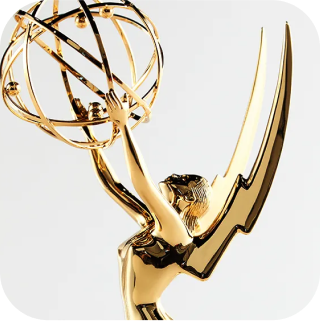
2
Emmy Awards
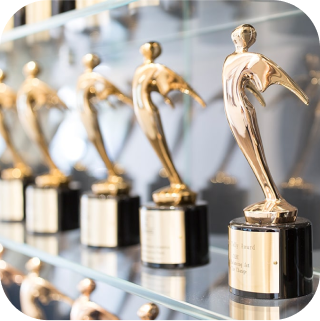
6
Telly Awards

12
MUSE Creative Awards
Our Work.
Business Meetings
Every meeting is an opportunity to inspire. Whether it’s a National Sales Meeting, Global Leadership Summit, Conference, Dealer Meeting or an All-Employee event, we craft experiences that captivate, engage, and leave a lasting impression—all while staying within your budget.



























Tradeshows, Breakouts, Expos, Awards Shows, Corporate Milestones, and Everything In-Between
Engagement is everything. Large-scale events demand fresh ideas to keep attendees excited. With strategic creativity, we transform every session, expo, networking moment, recognition and celebration into an experience they’ll remember—and one they’ll want to return to.
























Product Launches
Big or small, high-tech or heavy-duty—we bring launches to life. From the newest automobile, motorcycle, airplane or tech innovation to the latest in life-saving medicine and devices, we specialize in creating launches that leave a sustained impact.


Experiential Marketing
Turn moments into movements. Experiential marketing puts consumers at the heart of your brand, creating authentic engagement that sparks loyalty and word-of-mouth buzz. With cutting-edge tech and cultural insights, we transform passive audiences into passionate advocates.
Our capabilities include:
- Strategy
- Pop-up Retail
- Mobile Marketing Tours
- Sponsorship Negotiation and Activation
- Music Tours and Festivals
- Grassroots Marketing
- Sampling
- Content Creation
- Public relations (PR) Stunts
- Street Teams
- Sports Marketing
- Immersive Storytelling
- Influencer Strategies
- Social Media Amplification








Our work speaks for itself.
-

Offering customers a personalized, branded experience
A major financial institution was looking to enhance customer engagement by leveraging its sponsorship of an NFL team. The initiative included innovative branding, next-generation photo engagement, and social media-friendly experiences at the team’s new stadium. This strategy resulted in over 1,200 account applications, a 30% lead opt-in rate, and more than 6,600 Meta impressions. Dive into the full story in our case study.Learn More
Thought Leadership
Learn from the best. BIW thought leaders bring you a deeper look at the business of inspiration.
-
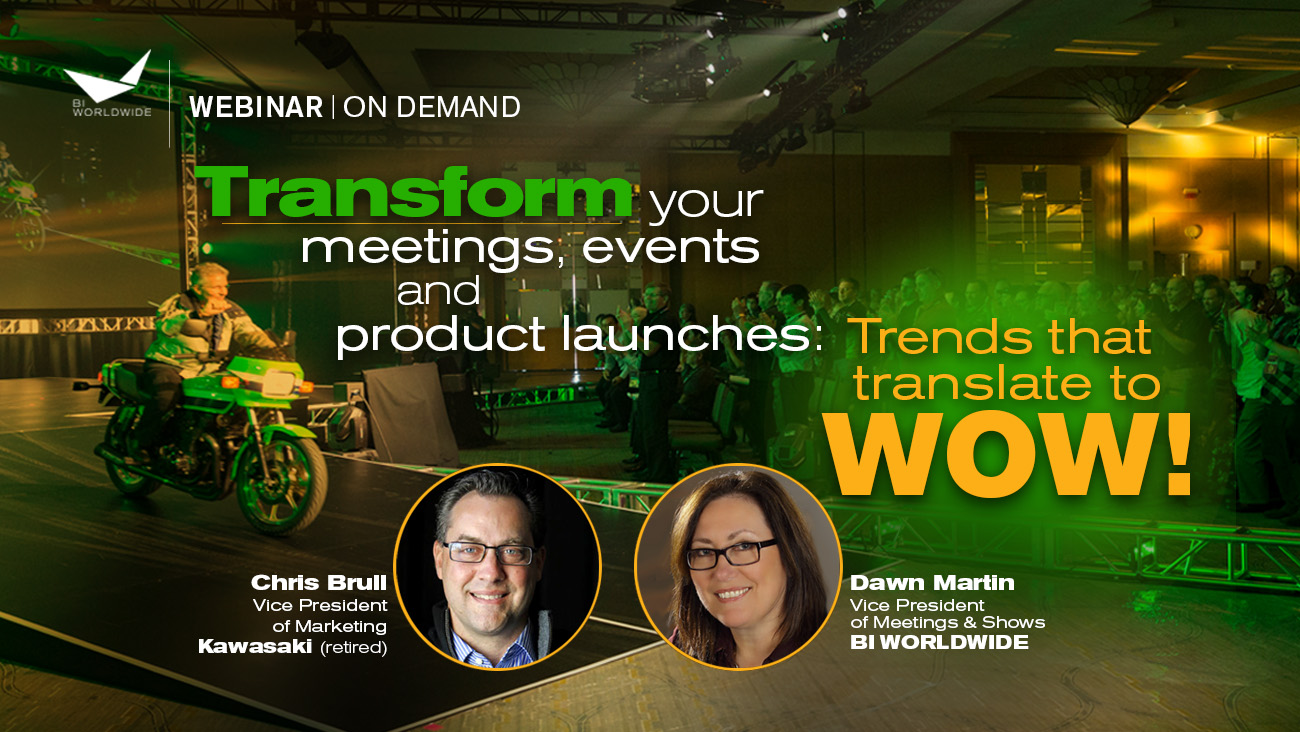
Webinar
Kawasaki: Transform your meetings and events
How do you cut through the clutter in a constantly changing marketplace? It’s getting more and more difficult to break through and capture your audience’s attention, so it’s imperative to stay on top of new trends to create memorable and meaningful experiences, whether it’s for your employees, sales teams, channel or customers. Watch this webinar […]
-
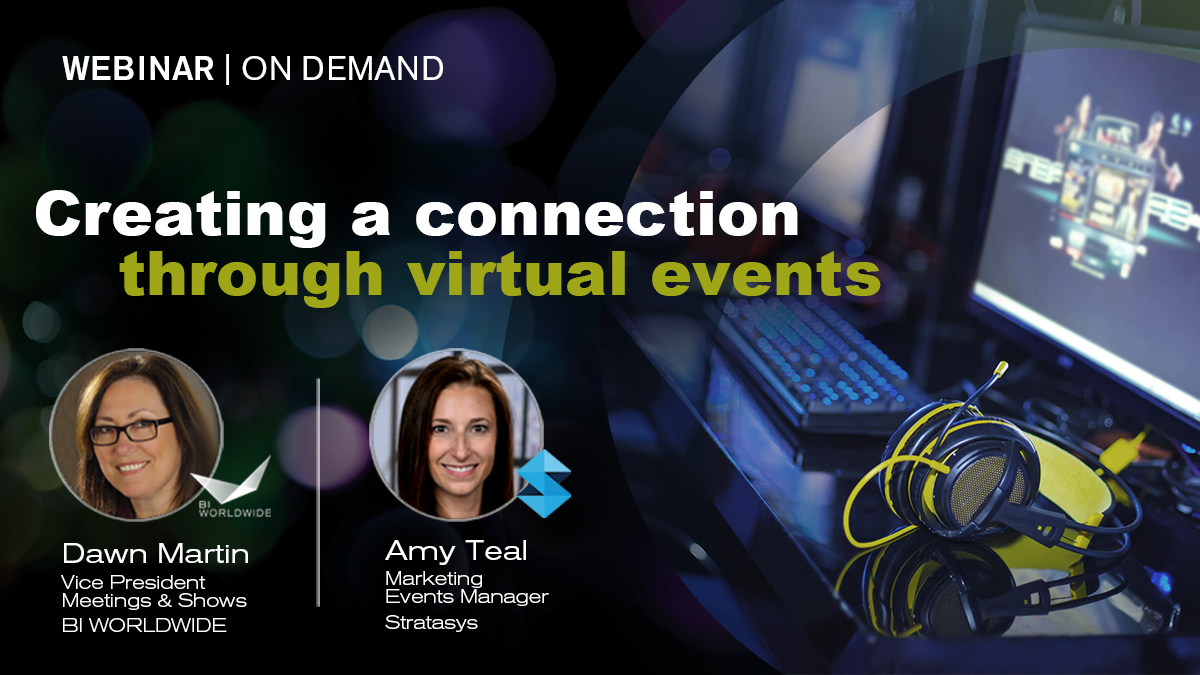
Webinar
Virtual events
Despite the many changes that have impacted corporate events, one thing remains the same – the need to share your message and create a meaningful connection with your audience. In this webinar, Dawn Martin, Vice President of Meetings & Shows at BI WORLDWIDE, will share: Guest speaker: You’ll also hear from Amy Teal, Marketing Events […]
-
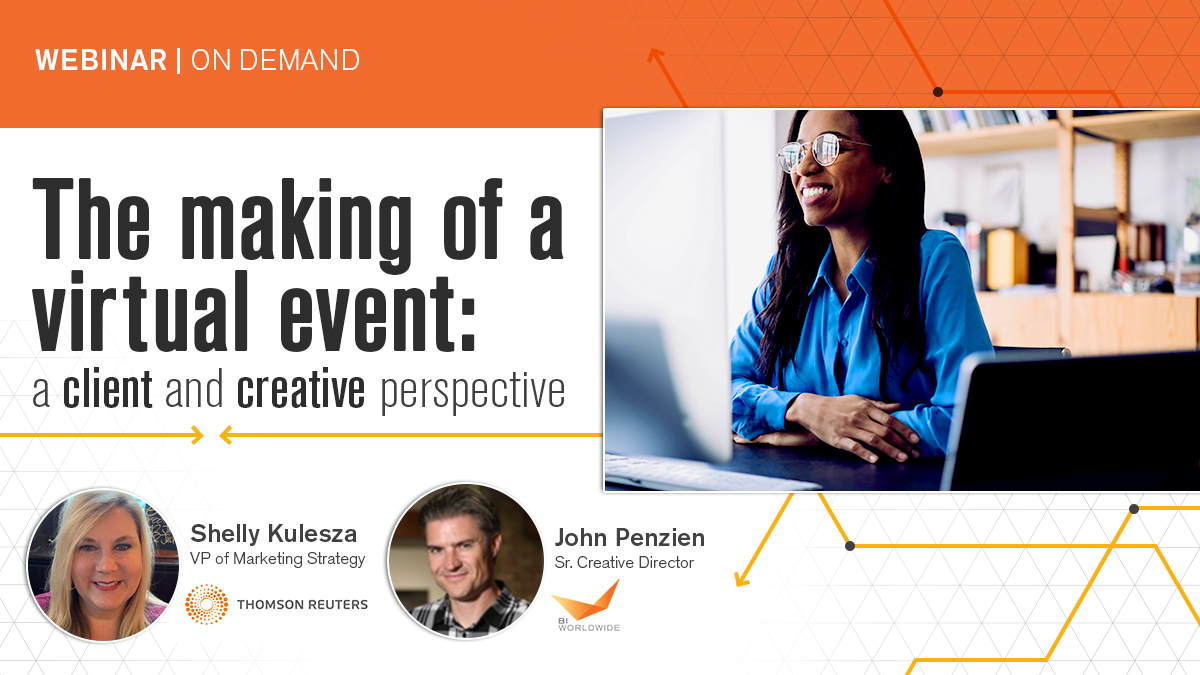
Webinar
The making of a virtual event
The objective of a virtual event is the same as a live meeting – to make sure your audience understands what you want them to leave knowing, feeling, and doing. In this webinar, Shelly Kulesza, VP of Marketing Strategy-Corporates at Thomson Reuters, and John Penzien, Creative Director at BI WORLDWIDE, will share how Thomson Reuters […]
